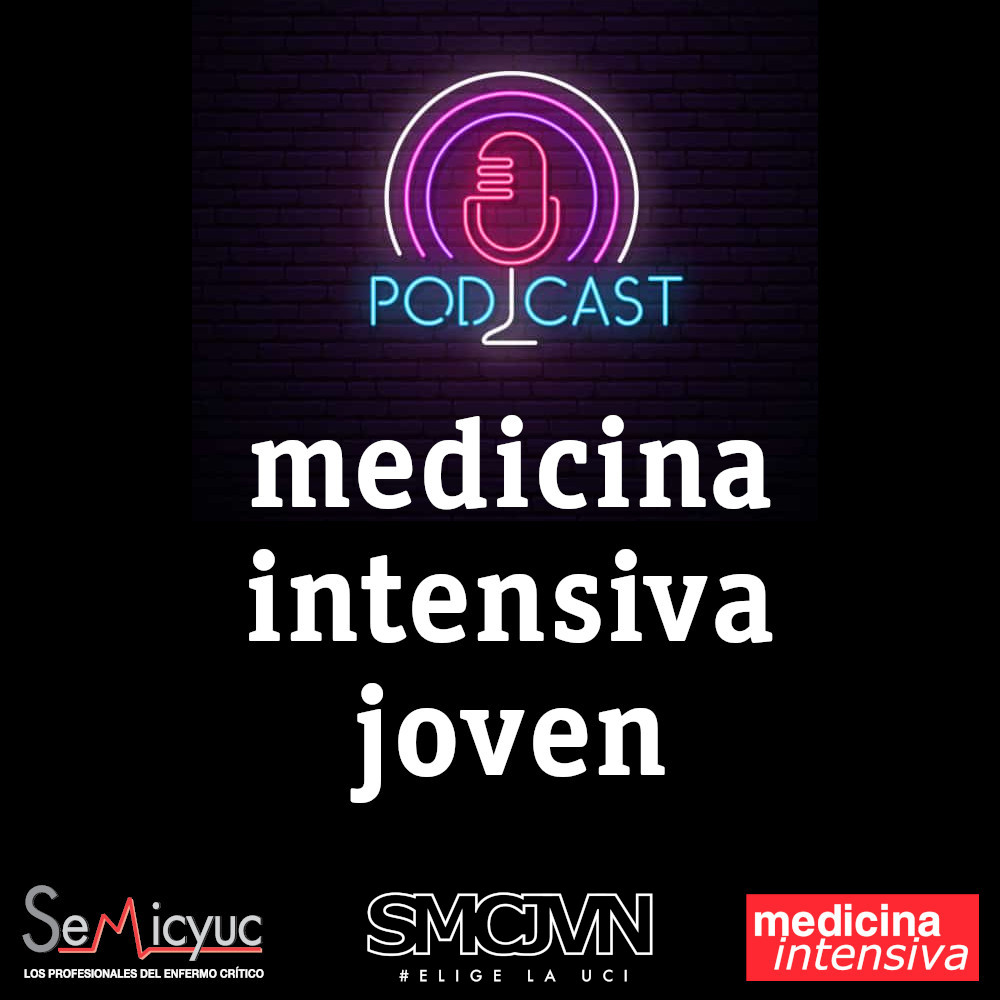A 50-year-old man sustained severe burns due to exposure to naked flames after a deflagration while handling fuel and firewood in a closed space. The initial survey by Emergency Medical Services on scene was remarkable for second-degree facial and both hands burns, singed eyebrows and vibrissae, carbonaceous sputum and perioral edema. The patient was transferred to the Burns Unit after initial stabilization and orotracheal intubation. Laboratory testing showed carboxyhemoglobin levels of 20% and lactic acidosis (pH 7.11, lactate 6 mmol/L). A diagnosis of inhalation injury was made, and 100% oxygen and hydroxocobalamin were initiated immediately to reverse the systemic toxicity of carbon monoxide and cyanide. Bronchoscopy revealed grade II–III mucosal damage in infraglottic structures with presence of carbonaceous debris, erythema, mucosal edema, erosions and exudates in the trachea and both main bronchi (Fig. 1). Supportive measures including nebulizers, toilet bronchoscopies (Fig. 2) and mechanical ventilation were provided until injuries abated.
El factor de impacto mide la media del número de citaciones recibidas en un año por trabajos publicados en la publicación durante los dos años anteriores.
© Clarivate Analytics, Journal Citation Reports 2025
SJR es una prestigiosa métrica basada en la idea de que todas las citaciones no son iguales. SJR usa un algoritmo similar al page rank de Google; es una medida cuantitativa y cualitativa al impacto de una publicación.
Ver másSNIP permite comparar el impacto de revistas de diferentes campos temáticos, corrigiendo las diferencias en la probabilidad de ser citado que existe entre revistas de distintas materias.
Ver más







